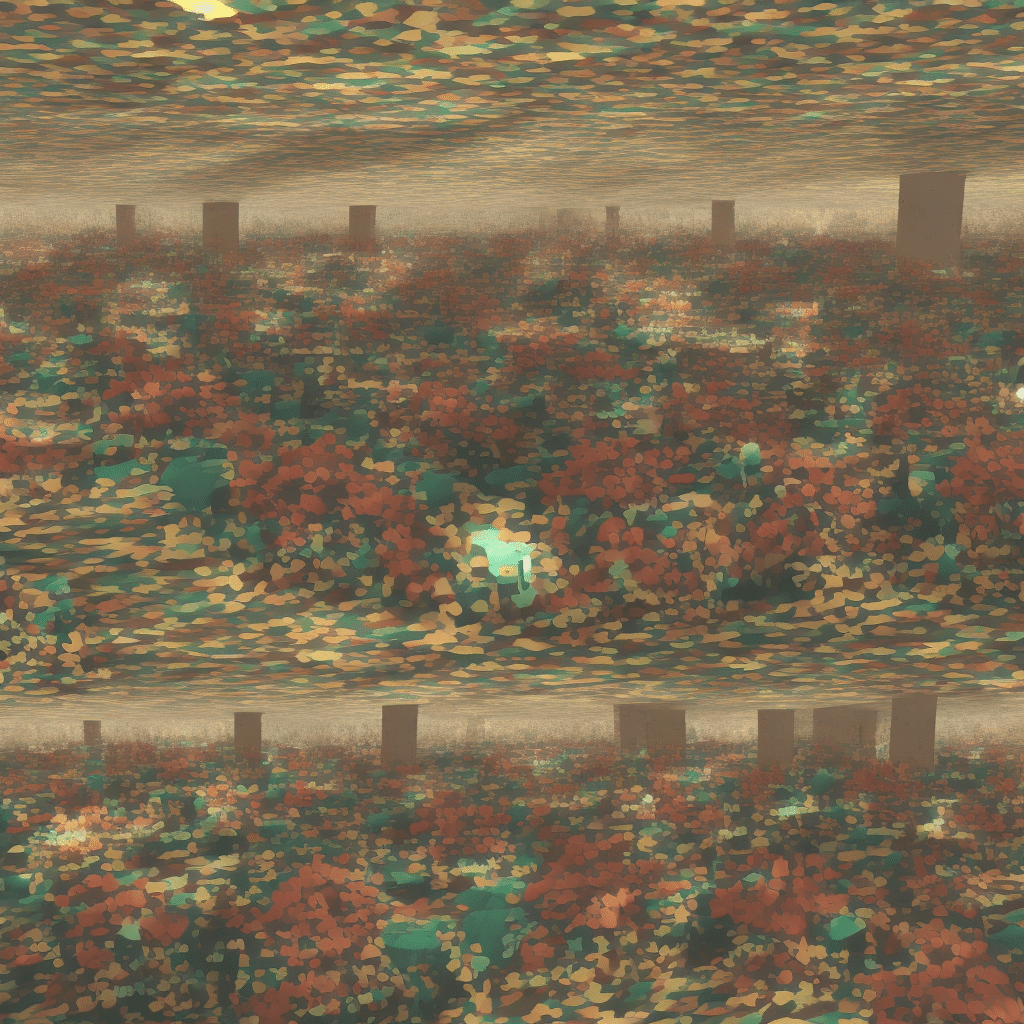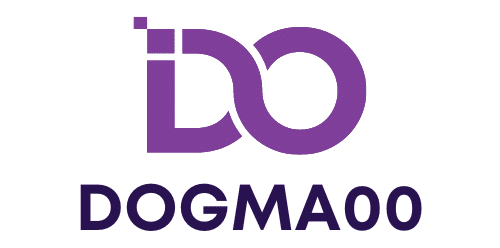Can Virtual Reality Offer New Dimensions in Historical Education and Preservation?

As we delve into the 21st century, virtual reality has begun to present itself as a tool with limitless possibilities. No longer confined to the realms of gaming and entertainment, VR technology is being harnessed for a broad range of applications, from medical training to engineering design. One domain where this technology holds remarkable potential is in the realm of historical education and preservation. Let’s explore how VR can provide a multi-dimensional learning environment, create immersive experiences, and transform the way we interact with our cultural heritage.
Enriching Learning Environments through Virtual Reality
The traditional classroom environment is undergoing a radical transformation with the introduction of digital technology. The chalk and blackboard approach is gradually being replaced by interactive whiteboards, online resources, and now, virtual reality.
A découvrir également : How Are IoT Devices Transforming the Management of Chronic Health Conditions?
VR can be a powerful tool in the education sector, particularly when it comes to teaching history. It can create lifelike environments that transport students back in time, providing them with a real and tangible experience of historical events and eras. Instead of merely reading about the Roman Colosseum, imagine walking inside it, hearing the roar of the crowd and the clash of gladiators. That’s the kind of immersive, experiential learning VR can offer.
Effectively, VR makes it possible for students to ‘live’ history, thereby enhancing their understanding and retention of information. It also opens avenues for students with different learning styles. For visual learners, the vivid visuals can make learning more enjoyable and effective, while kinaesthetic learners can benefit from the interactive nature of VR.
Sujet a lire : How Is Technology Impacting the Personalization of Consumer Goods and Services?
Geolocation and Virtual Reality: Bridging Time and Space
The fusion of VR with geolocation technology can create powerful learning experiences. Geolocation can pinpoint the geographical location of a user, and VR can then overlay that real-world environment with virtual elements. This combination can transport users to different places and times, thereby offering a richer, more engaging exploration of history and culture.
Consider the example of a guided tour of a historical city. Using a VR headset, users could walk through the city as it was centuries ago, witnessing the architecture, people, and events of that era. Buildings no longer in existence could be virtually rebuilt; historical figures could come to life to share their tales. This kind of immersive, time-travelling tour could be a game-changer for cultural tourism and education.
Furthermore, data from geolocation can also be used to create VR experiences tailored to a user’s location. For instance, a student in Paris could explore the city’s historical landmarks without leaving their classroom, while a user in New York could virtually visit the pyramids of Egypt.
Enhancing Cultural Heritage Preservation with Virtual Reality
Preserving and restoring cultural heritage is a challenging task, often hindered by time, weather, and human factors. However, virtual reality technology can offer new solutions to these challenges.
Through VR, we can digitally recreate and preserve endangered or damaged historical sites in immersive 3D environments. These virtual replicas are not merely static images; they can be interactive and rich with multimedia content, providing users with a wealth of information about the site’s history, significance, and architecture.
Moreover, VR can facilitate remote access to these sites, thereby reducing physical strain on them while still enabling global access. Furthermore, these digital replicas can serve an educational purpose, offering students and researchers valuable insights into our past.
Expanding the Realm of Data Interpretation with Virtual Reality
In the digital age, we’re generating and collecting more data than ever before. In the field of historical research, data can come in many forms: archaeological findings, ancient texts, historical records, and so on. However, interpreting and making sense of this data can be a daunting task.
Virtual reality can revolutionize this area by providing a new, more immersive way to visualize and interact with data. For instance, archaeological findings can be digitally recreated in a virtual environment, allowing researchers to examine them from all angles, manipulate them, and even virtually ‘touch’ them. Similarly, historical records or texts can be virtually displayed and annotated, facilitating a more engaging study.
In conclusion, it’s evident that virtual reality holds significant potential to transform historical education and heritage preservation. Although we’re still in the early days, the possibilities are tantalizing. As VR technology continues to evolve, it will undoubtedly offer even more exciting and innovative ways to explore, experience, and preserve our rich and diverse history.
Virtual Tours: A Step into the Past with Virtual Reality
When it comes to heritage tourism and cultural exploration, the integration of virtual reality and geolocation technology has the potential to revolutionize the user experience. Virtual tours, a product of this integration, can transport users to different times and places, providing a multi-sensory exploration of history and culture.
Consider the experience of touring a historical city. With a VR headset, users can traverse the cobblestone streets as they appeared centuries ago, witnessing the architectural grandeur of the past, engaging with historical figures, and immersing themselves in the events of a bygone era. Even structures that no longer exist can be virtually reconstructed, allowing users to step into buildings and landmarks that have been lost to time.
Geolocation-enabled VR tours can also offer tailored experiences based on user location. For example, a student in Paris could virtually explore the city’s historical landmarks without leaving their classroom, while a user in New York could experience the grandeur of the Pyramids of Egypt in real-time, all from the comfort of their home.
These virtual tours not only enrich the field of heritage tourism but also contribute to the preservation of our cultural heritage. They provide an opportunity to digitally preserve and restore endangered or damaged heritage sites in detailed, interactive 3D environments.
Mixed Reality and Google Scholar: The Future of Historical Research
In our digital age, we are amassing more data than ever before. This holds particularly true in the realms of historical research and preservation, where data may take the form of archaeological artefacts, ancient texts, or historical records. Interpreting this vast amount of data can be challenging, but with the advent of virtual reality and augmented reality, we can approach data interpretation from a new perspective.
Mixed reality, a blend of virtual and real worlds, can provide a more immersive, interactive way to visualize and engage with data. For instance, archaeological findings can be digitally recreated in a virtual environment, enabling researchers to examine objects from all angles, manipulate them, and even virtually ‘touch’ them. This presents a unique opportunity for understanding and interpreting historical artefacts that may not be physically accessible.
Another notable development is the integration of VR with Google Scholar, a widely-used web search engine for scholarly literature. By virtually displaying and annotating historical records and texts, students and researchers can engage with research materials in a more interactive and engaging way. This can significantly enhance the learning experience and facilitate better understanding and interpretation of complex historical data.
Conclusion
Virtual reality, once a futuristic concept, is now a tangible tool with the potential to revolutionize historical education and preservation. As we venture further into the 21st century, the possibilities of VR are expanding. From creating immersive learning environments and virtual tours to enhancing heritage preservation and data interpretation, VR is redefining our engagement with history.
As technology continues to evolve, tools like geolocation-enabled VR, Google Scholar integration, and mixed reality will likely become more prevalent, offering even more innovative ways to explore, experience, and preserve our diverse cultural heritage. While we are still in the early days of this transformation, the possibilities are tantalizing and the future of historical education and preservation looks more engaging and accessible than ever before.
